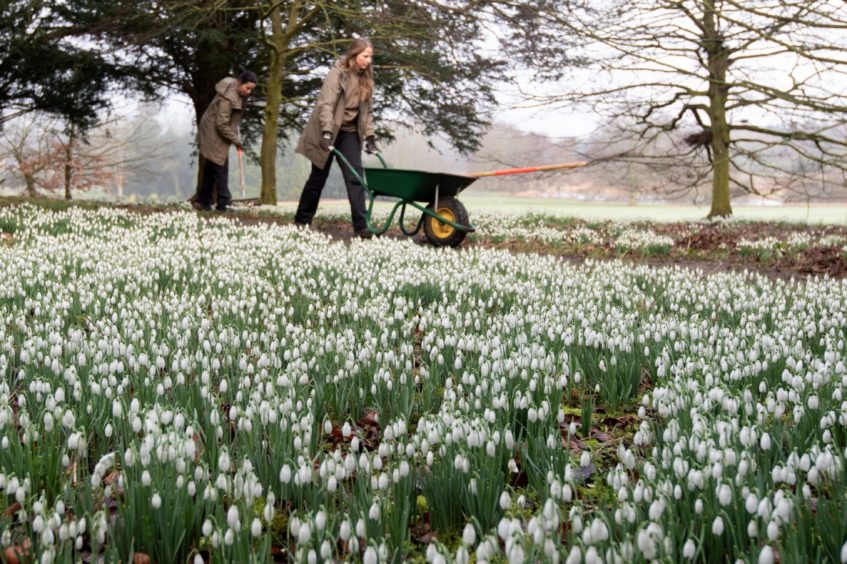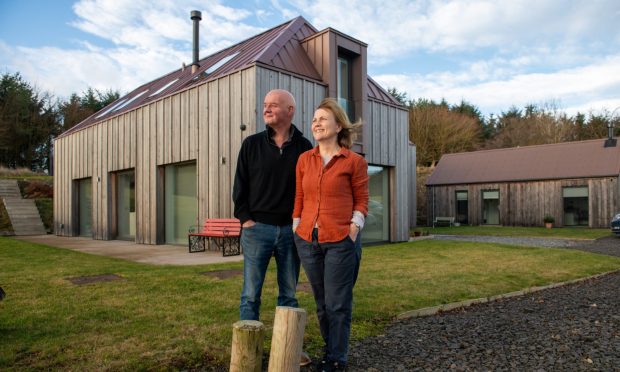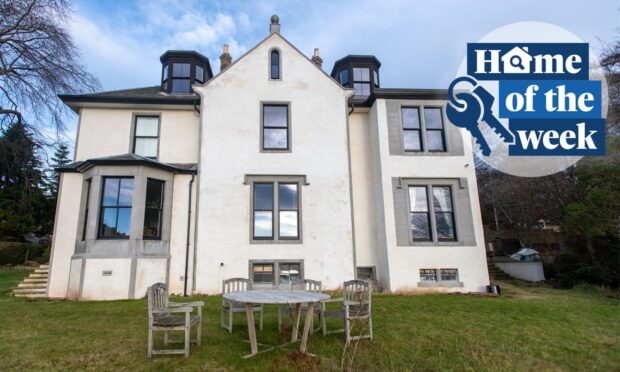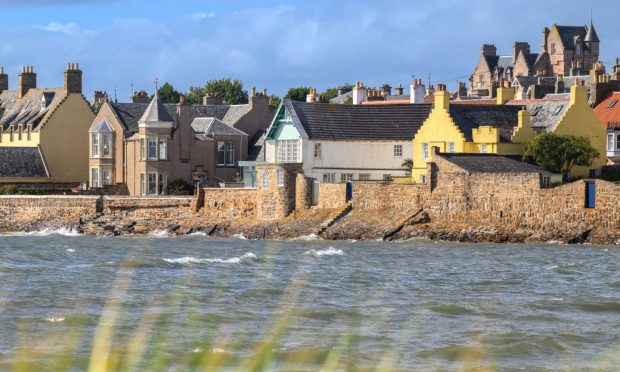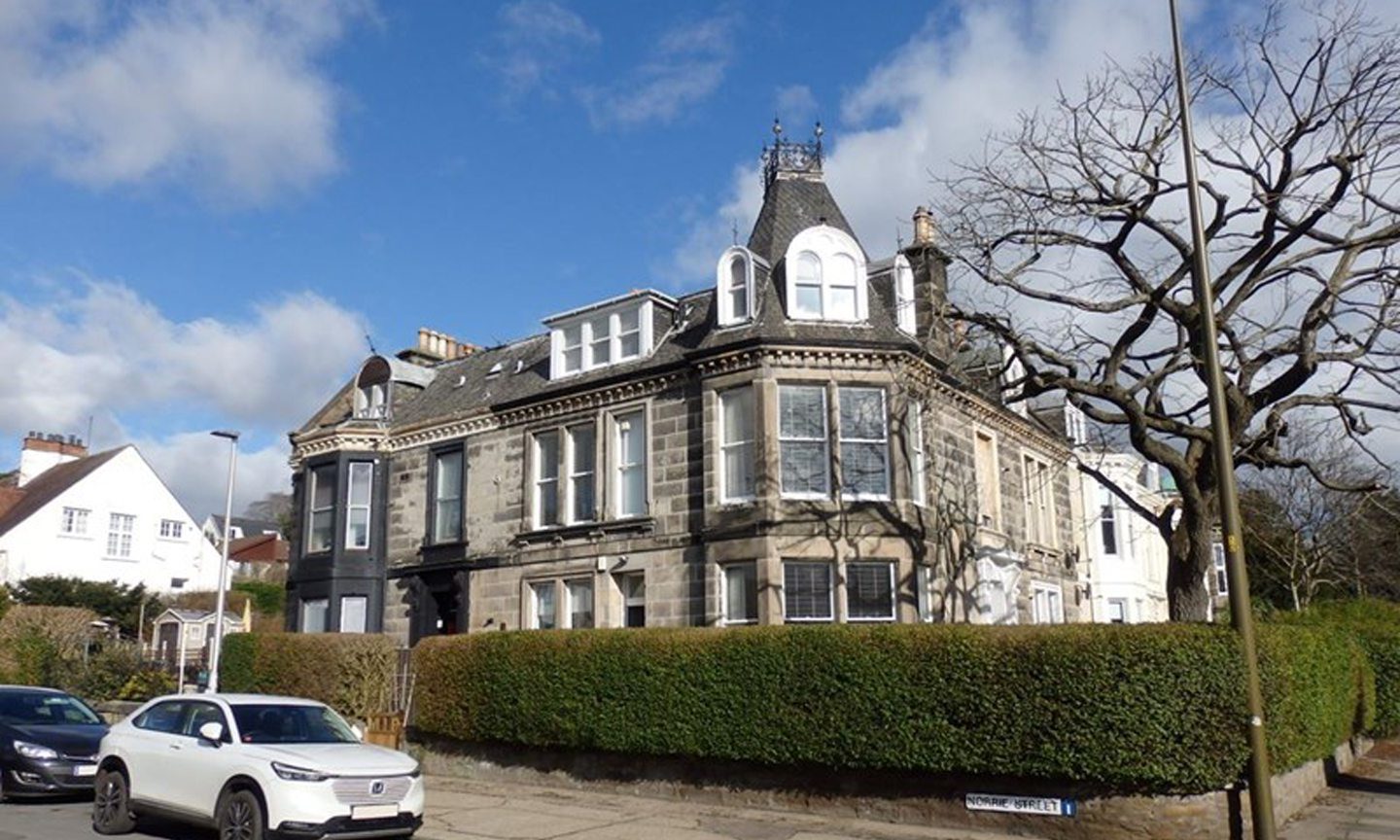I need my garden to keep me going, no matter what is happening all around me I know this is a place where I can go and separate myself from it all, writes the Ginger Gairdner.
There are so many health benefits which result from doing a bit of gardening- physical exercise, fresh air and sunshine, taking a break from technology to connect with nature all help to reduce stress and anxiety.
Whilst nurturing and caring for plants can help give us purpose and a sense of worth.
At this time of year many of us can suffer from a type of depression called seasonal affective disorder which is related to the change of season.
I feel fortunate not to be affected by this and I am sure it is down to spending most of my time outdoors, helping me to accept and understand how winter is all a part of natures cycle.
I also feel gardening helps keep me upbeat as not only am I enjoying what’s going on in the garden at a moment, I know there’s yet another highlight coming just around corner for me to look forward to.
As the end of winter gets ever near it’s now time for me to get all excited with the arrival of snowdrops!
A cold snap in winter can often bring much disruption to our daily lives but is generally welcomed by gardeners.
A proper spell of snow, hard frosts and low temperatures help sort out all the unwelcome pests that attack our plants during the growing season, also keeping our garden shrubs correct reminding them to have a winter rest and shut down completely.
A cold snap in winter can often bring much disruption to our daily lives during winter but is generally.

Sometimes failure to do this during a mild winter will see springtime shrubs such as Rhododendron and Magnolia come back into growth earlier than they should where their flowers risk being ruined, turning to brown mush after a typical late frost.
One of the joys of being a gardener in Scotland!
One plant able to able to withstand these tough conditions is the snowdrop, flowering when few others in the garden are visible thanks to it’s own built in anti-freeze system.
Instantly recognisable, it has to be one of the first plants I can recall, still being able to see it growing in my granny’s garden.
This was, like most growing in our gardens, the common snowdrop, Galanthus nivalis, its scientific name coming from the Greek gala- meaning milk, and anthos- flower.
When out and about at this time of year seeing drifts of snowdrop displays carpeting woodland floors or lining the paths of some of our favourite country walks, we would be forgiven to think that the snowdrop was a native plant to these shores.
Some suggest the snowdrop was introduced to the British Isles from the Mediterranean during the times of the Roman occupation however there is only circumstantial evidence to support this.
With the plant first being recorded as growing freely in the wild in the late 18th century, it is more likely G. nivalis was introduced from the 16th century.
Its popularity grew, being extensively planted and multiplying in woods over a long period, today giving the impression of native wildness.
Variety increased in our snowdrop stock as natural variations, such as double flowers or those with yellow markings, occurred among the common snowdrop.
Further introductions of other species snowdrops such as G. elwesii and G. plicatus which were made by soldiers returning from the Crimean War bringing as gifts home to their loved ones from their travels for their beauty and curiosity values.
Plantsmen then took to the task of creating exciting hybrids where today there are now over 500 different kinds of snowdrops for us to enjoy, many of the best garden plants are a combination of the three species mentioned.
In celebration of them, at this time of year the horticultural world gets gripped in the fever called ‘Galanthomania’!
Up until a few years ago I just didn’t get what all the fuss was about but now I must admit that even I’m hooked!
Sadly this snowdrop year during lockdown we may struggle to get to a garden containing a specialist collection but if you do get a chance, then please get down to the flower level for a closer look and take a glimpse at all the stunning variations you can get.
There are two symptoms you’ll find you have if you are sufferer of this condition. Dirty knees is the first one from all the time spending on them to study the flowers and the other is an emptier wallet!
The most prized snowdrops can be very expensive with one Galanthomaniac paying just under £1500 for a SINGLE BULB!!!
I’ve done well to start my own wee collection at home but there is no chance I’d be able to slip that one in the garden without Mrs C knowing…
Snowdrop care- To increase my collection, every few years I like to lift and split congested clumps just after they have finished flowering. Incorporate some leaf mould into the soil before replanting individually around 15cm apart.


